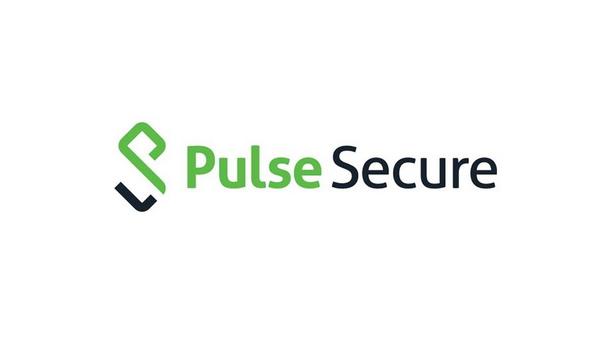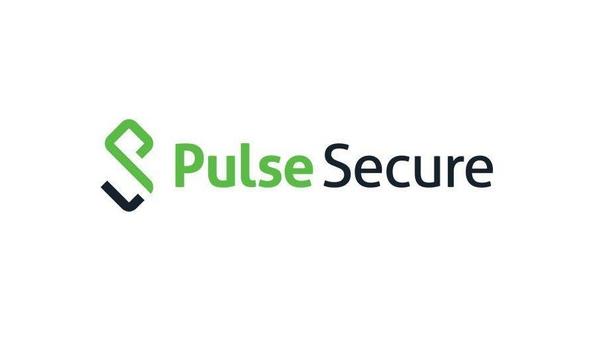Ganesh Nakhawa

Ganesh Nakhawa
Director of Portfolio Solutions, Pulse Secure, LLCGanesh Nakhawa occupies the position of the current Director of Portfolio Solutions at Pulse Secure. H
News mentions
Pulse Secure announced new features to its Network Access Control (NAC) solution, Pulse Policy Secure (PPS), that enhance endpoint and IoT device visibility, compliance, remediation, and threat respon...
Pulse Secure, the renowned provider of software-defined secure success solutions, has been recognized as a technology provider and among the top three performers for technical excellence in 2020 Netwo...





































